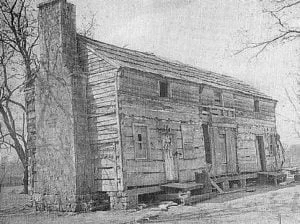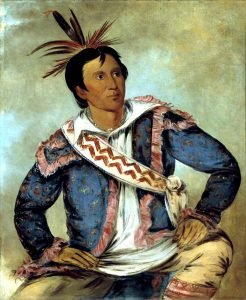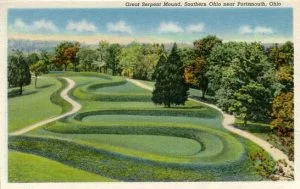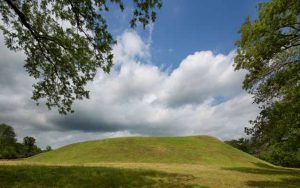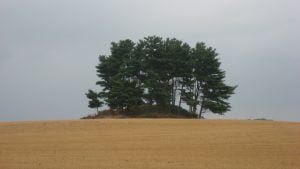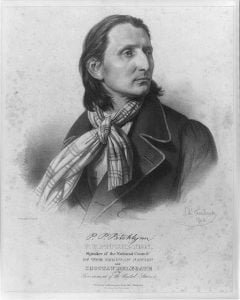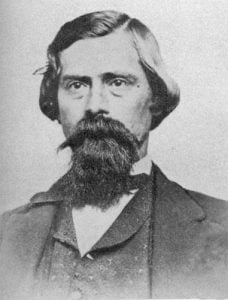Choctaw Traditions
It is stated of the Papagoes, that an ancient tradition of their tribe proclaims the coming of a Messiah by the name “Moctezuma.” They affirm that, in the ancient past, he lived in Casa Grande, the famous prehistoric temple on the Gila River; that his own people rebelled against him and threatened to kill him, and he fled to Mexico. But before leaving them he told them that they would experience great afflictions for many years, but eventually, at the time of their greatest need, he would return to them from the east with the rising sun; that he would … Read more

